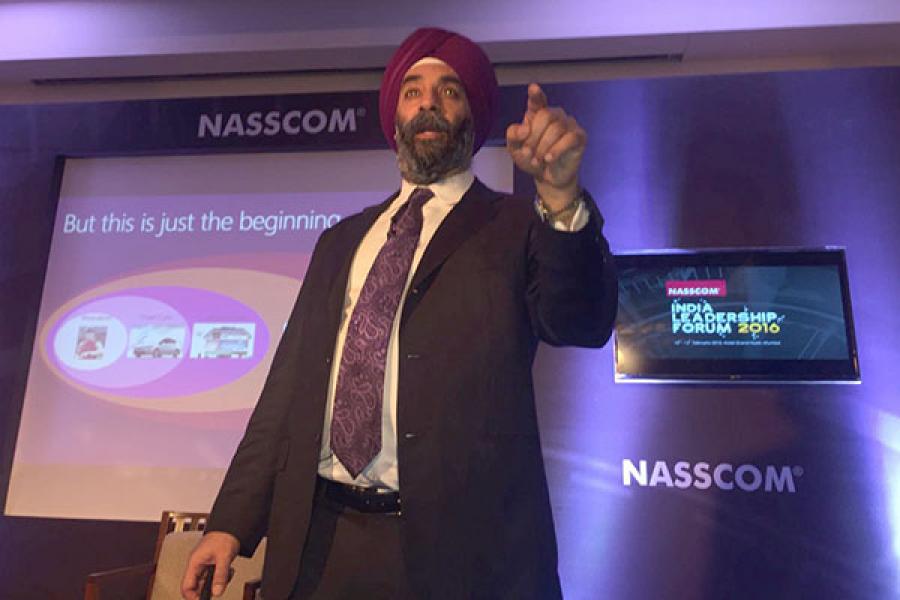
Basics explained: What is digital disruption?
Mohanbir Sawhney, Director, Center for Research in Technology & Innovation at Kellogg School of Management reveals the options for any enterprise looking to disrupt digitally
“Disruption is nothing but evolution that happens quickly,” said Mohanbir Sawhney, Director, Center for Research in Technology & Innovation at Kellogg School of Management. His session ‘Attacking the Digital Disruptor’ was a part of the ongoing NASSCOM India Leadership Forum in Mumbai.
Sawhney believes that there are three questions to address when it comes to understanding digital disruption:
1. What is it?
Digital Disruption is caused due to connectivity. From desktop internet which connected one billion users to mobile internet which connected 10 billion users and finally the Internet of Things (IoT) which connects 100 billion users. These layers build on each other. The IoT is already here and is changing the way we live with the introduction of fitness trackers, connected cars, thermostats amongst others. By adding the word ‘connected’ before any product, we change its meaning and usage completely. For example, connected fitness will lead to self-quantification, where your treadmill will know you ate an extra burger yesterday and will ask you to run an extra mile to compensate for the extra calorie intake.
2. So what?
Everything about you is data and it is being logged continuously. Digital disruption will move from wearables to cars, homes, infrastructure, smart cities and finally all other vertical till we become an IoT world. It will provide a user choice, better cost, convenience, control, customization and develop a community.
3. Now what?
In descending order of effectiveness and risk, following are the options for any enterprise looking to disrupt digitally, according to Sawhney:
• Attack
Disrupt your own business. For example, when Netflix moved from DVD delivery to streaming business or the way HBO has disrupted its own channel and launched HBO Go to counter competition.It is important to leverage your own assets to create a model which competitors cannot copy.
• Acquire
A little less risky, but equally effective is to acquire disruptive businesses. It is important to keep the cannibals in the family. But the enterprise must remember to isolate, incubate and infiltrate the acquired company before integrating it with the organization.
• Absorb
Integrate digital with physical. Create an omnichannel experience for consumers. A store should be converted into a showroom and made more interactive. Take for example clothing brand Burberry’s store in London, where certain articles of clothing and accessories carry RFID chips. These chips interact with store mirrors and show videos of what the outfits can be paired with.
Another good example is the ‘social menu’, which some restaurants in the West have started using. These menus show pictures of food items, and next to each picture is the number of likes it has received from the visitors.
• Becoming Digital
Learn from Disruptors. Build a digital enterprise. While automation of the back office is taking place, what we need now is automation of the front office, like sales, marketing. That is the future. Online companies like Amazon will venture offline and offline companies will need to go online. Ultimately, customers will benefit from an omnichannel experience.
• Adapt
Companies that will win are those that build the best hybrid technology. One needs to question assumptions, embrace agile business processes and evolve fast. As Charles Darwin said: “It is not the strongest of the species that survives, but the most adaptable.”
















